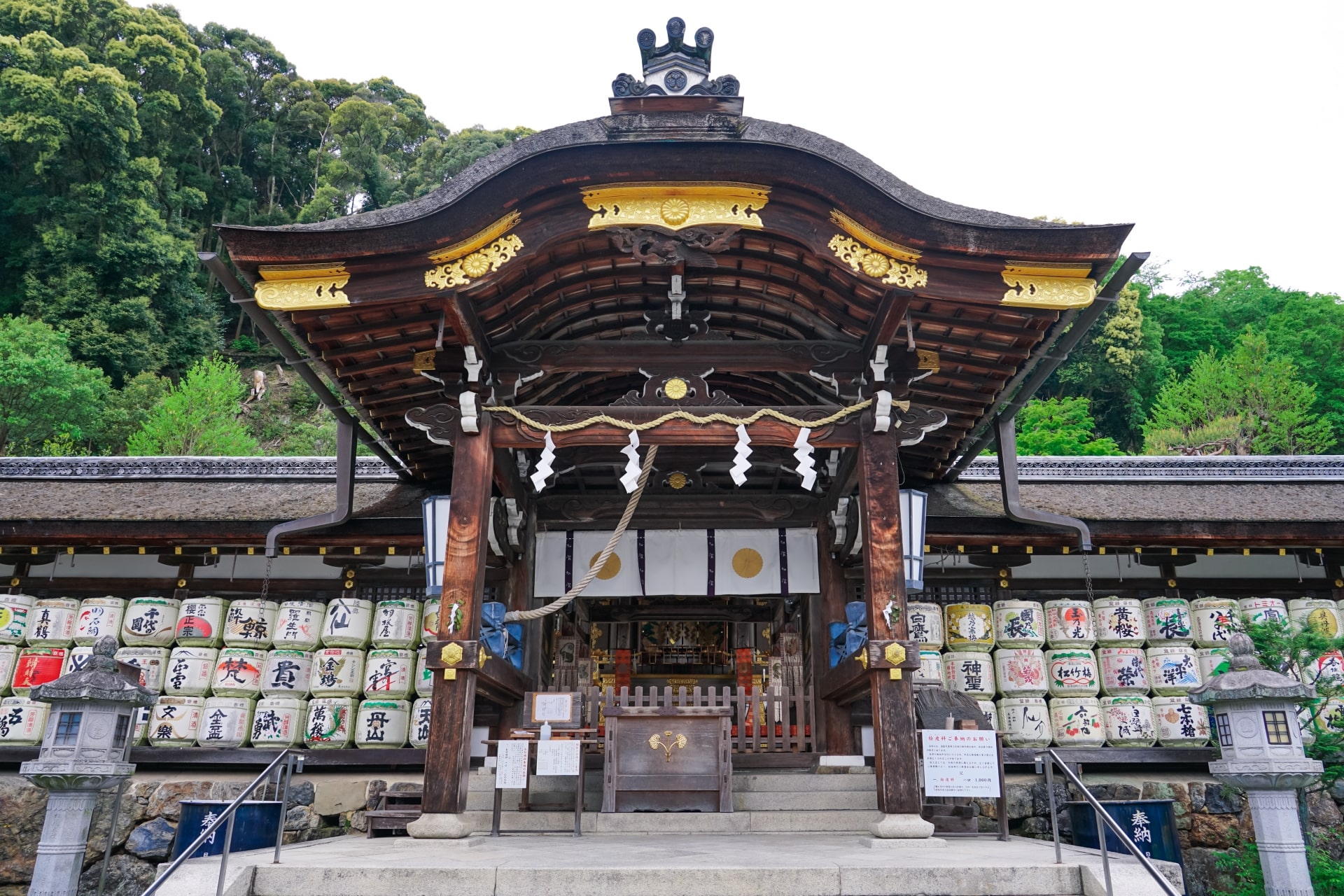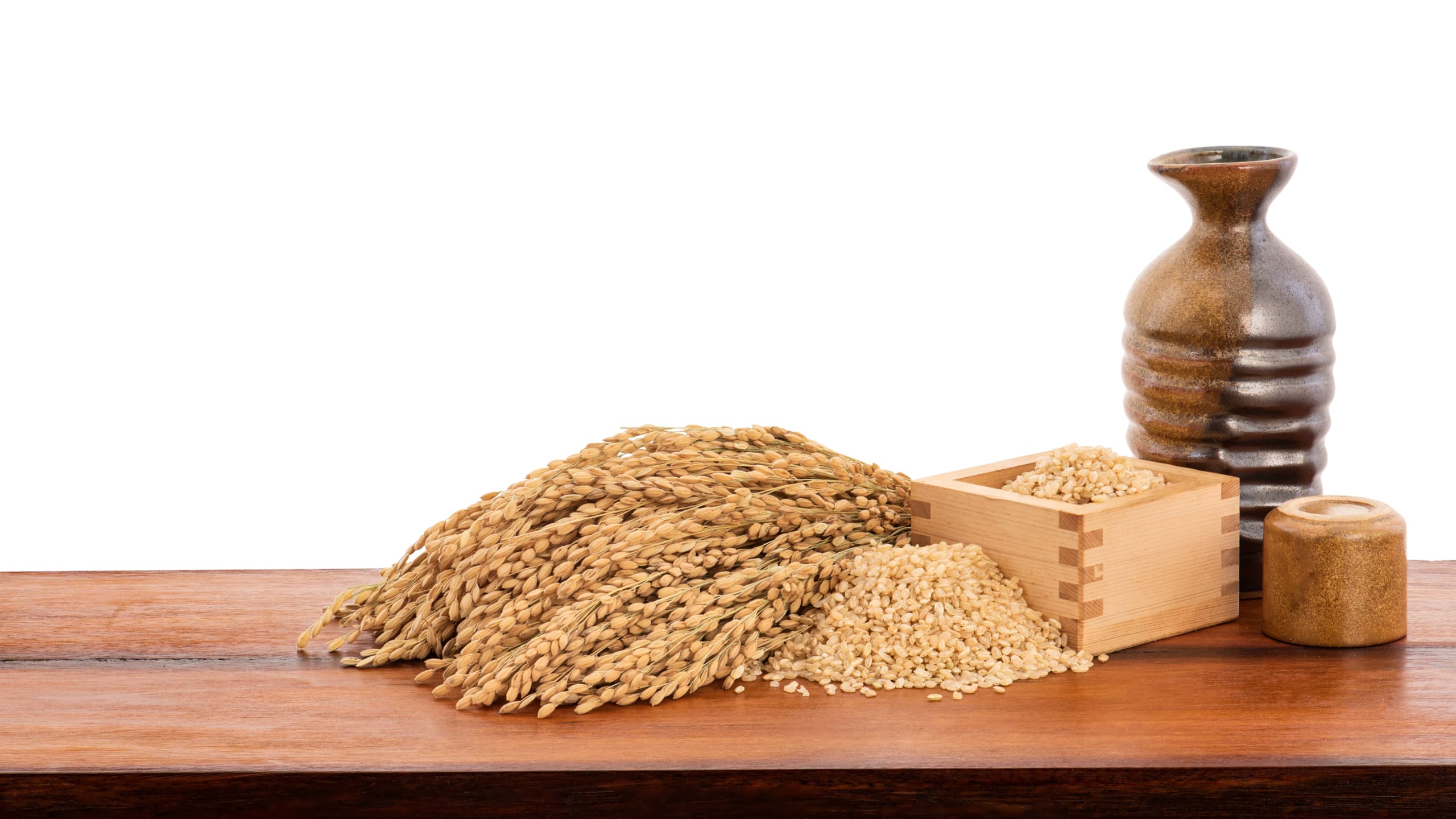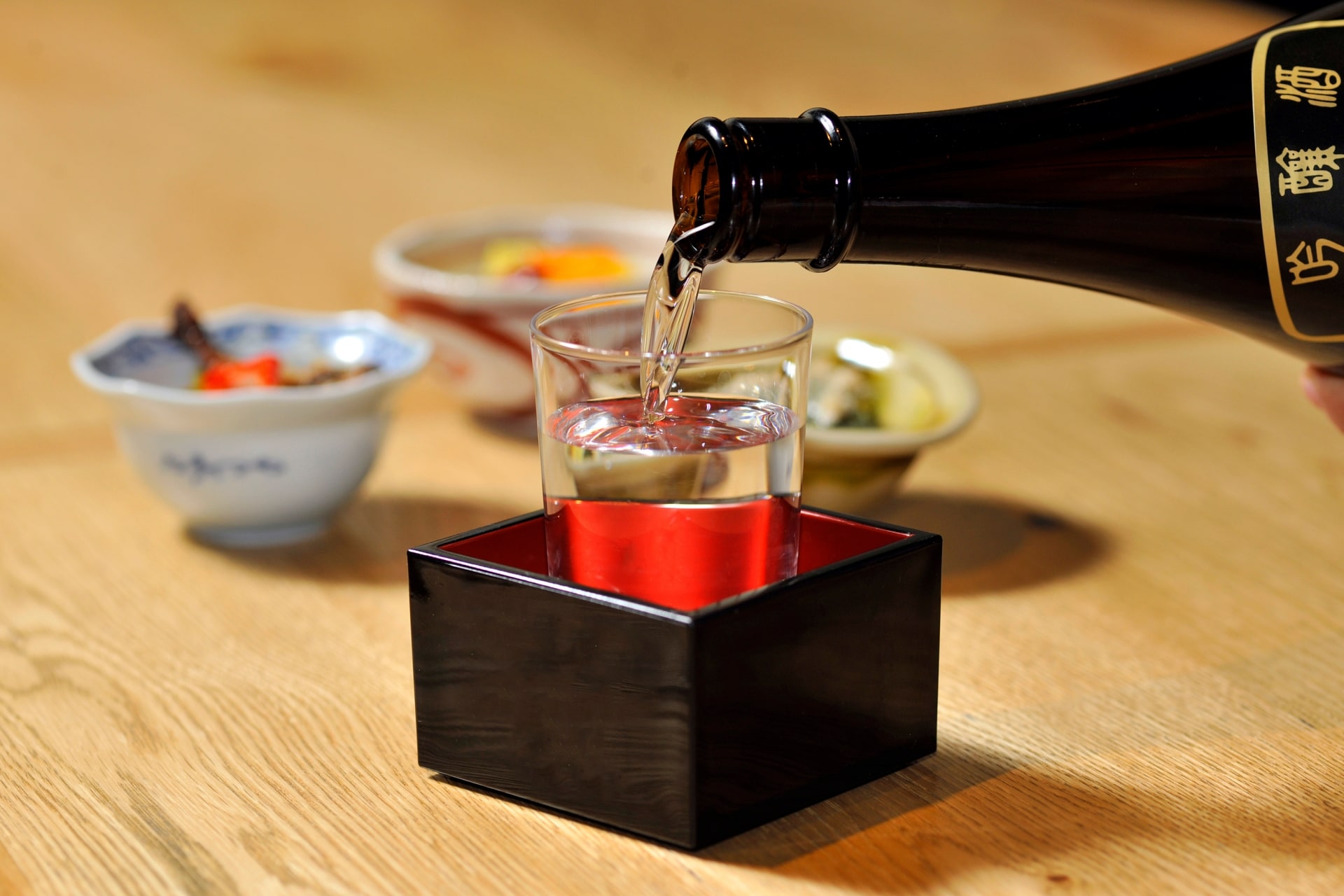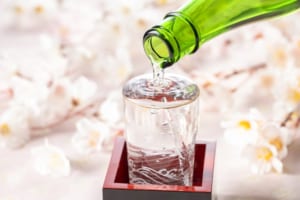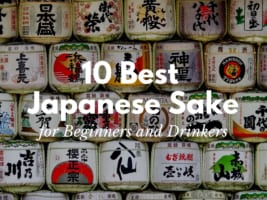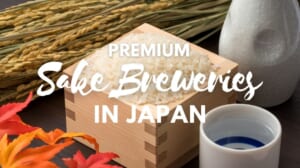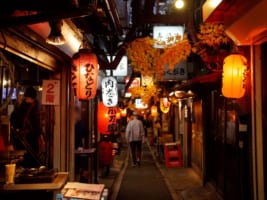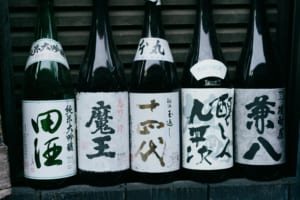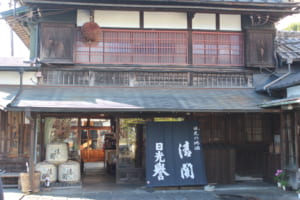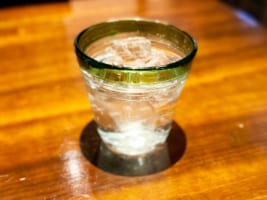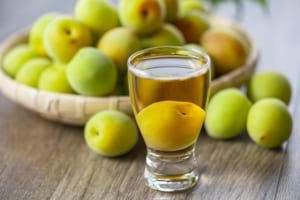What is Sake? A Detailed Guide to Understanding Japan’s Iconic Rice Wine
Learn about Japanese Sake as a culture
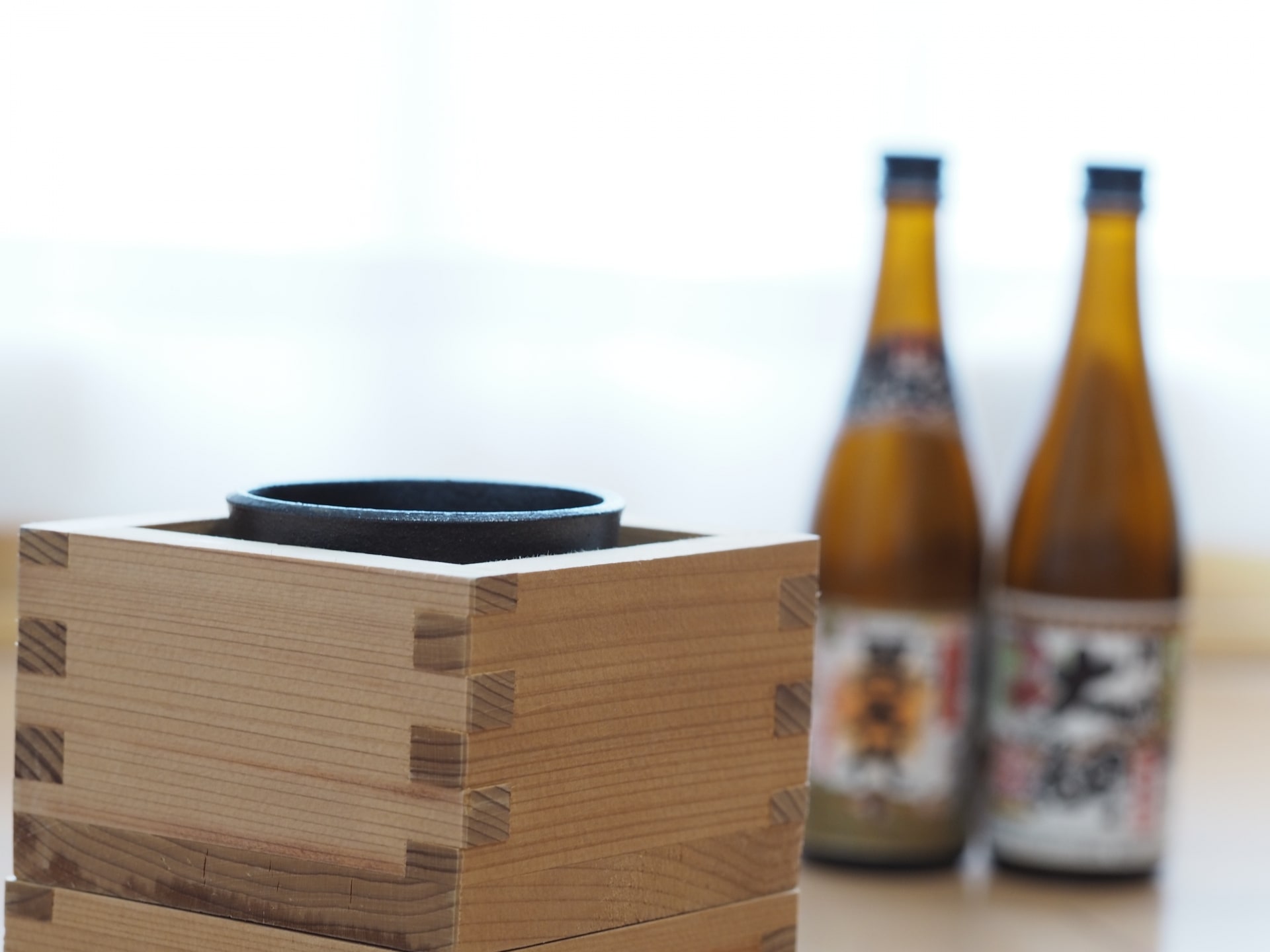
Do you know what Japanese Sake is? Maybe you’ve heard of it, seen it in restaurant menus, or even have tried it at some point.
If you love Japanese culture or Japanese cuisine, then Japanese Sake is something you cannot avoid. there are just so many historical and cultural ties between religion / Japanese tradition and this alcoholic drink. It can be even a little intimidating to even consider trying to learn about it.
In this article, I will explain some of the basic things you should know about Japanese Sake. Just by knowing these points, you might have a better appreciation of this Japanese traditional drink. Hopefully, you this will answer the question “What is Sake?”.
*Please note that this article contains affiliate links.
What is Sake?
Japanese Sake (日本酒) is an alcoholic beverage made by fermenting rice. The main ingredients are: good quality Japanese rice, clean water, and rice malt. It is an undistilled alcoholic beverage just like beer and wine, and its alcohol-by-volume is around 15%.
Japanese Sake is usually referred to as simply “sake” by foreign visitors. The word Sake (酒) literally means “alcohol” in Japanese. So here in Japan, people usually use the word Nihonshu (日本酒) which literally means “Japanese alcohol”. But if a foreigner goes to a restaurant in Japan and asks for Sake, the people in the restaurant will know that you refer to Japanese Sake, so no need to worry there. Some people also refer to it as “rice wine”.
Its brewing method is called “multiple parallel fermentation” (並行複発酵) which is said to be complicated due to the fact that the saccharification process and the fermentation process are done at the same time, as opposed to doing it in different instances like it is in the case of most foreign alcoholic liquors. This brewing method as well as other parts of the manufacturing processes have been perfected over hundreds of years.
The type of rice used is very important as well. Some of the most well-known rice types used for Japanese sake making are Yamadanishiki (山田錦), Omachi (雄町), and Gohyakumangoku (五百万石). What these rice have in common is that it has a large central part where the starch is located, making it ideal for alcohol manufacturing.
History of Sake
The exact origin of Sake is not completely clear, but it is thought that alcoholic beverages made from rice have been made during the Yayoi era (around 2,000 years ago).
The oldest scriptures containing information about sake indicate Kuchikami no Sake (口噛みの酒) which was a type of offering to the gods. It consisted of a ritual where the Shinto shrine maiden known as Miko (巫女) would put rice in their mouths, then spit it out into a container. this rice with the saliva would naturally ferment. This is said to be the oldest version and the beginning of Japanese sake. If you’ve watched the movie “Your name”, you know what this is.
However, preparation methods more similar to how it is done nowadays are said to have started in the Nara era (8th to 12th century). Alcohol brewing methods using rice malt were introduced from China. Then in the Edo era (17th to 19th century) is when many variations of Sake making became well-known. Around this time is when Sake finally became available to the common people.
Nowadays, Sake is an internationally popular alcoholic beverage as part of Japanese cuisine.
Types of Sake
Although there are many ways you could categorize Japanese Sake, there are two main factors that are especially important which are; A) how much the rice used is polished to remove the bran, and B) whether brewer’s alcohol has been added or not during the brewing process.
A) How much the rice used is polished to remove the bran: Seimai Buai (清米歩合) is how much percentage of the original rice grain remains after being polished. Seimai 100% means that no bran was removed at all. Seimai 60% means 40% was removed, leaving 60% of the original rice remaining for the fermentation process. The reason for polishing the rice grain is that the outer part of the grain contains many nutrients. Having many nutrients is a good thing if you want to eat rice, but in the case of preparing sake, this can affect the flavor in unintended ways, making it difficult to have a consistent flavor. What is important for making delicious alcohol is the starch which is in the center of the rice grain
B) whether brewer’s alcohol has been added or not during the brewing process: Jozo alcohol (醸造アルコール) is pure alcohol created from molasses, sugar cane, or rice. This was used a lot during WWI and WWII to increase the production of sake, due to the shortage of rice. Initially, adding Jozo alcohol was seen as something bad, because it alters the flavor. However, nowadays, the quality of this Jozo alcohol is much better, and it has several functions such as: enhancing the fragrance, softening the flavor, and prolonging the end product’s durability.
By categorizing Sake using these two aspects, there are 8 types of sake. These are known as “Special designated sake” (特別名称酒) and the major types of these are as follows.
Junmai shu (純米酒)
Sake made without using brewer’s alcohol during the brewing process. Out of the 8 types of Special designated sake, this is the only one that doesn’t have a designated grain polish rate. Because of this, a Sake labeled with this can have a wide variety of tastes and textures.
Honjozo shu (本醸造酒)
Sake made by utilizing rice that has been polished over 30% (less than 70% of the original rice remaining) to remove the bran. Brewer’s alcohol is used when producing this type. It is usually the cheapest of the 8 types and has a clean taste. It is a good choice for those who like drinking daily.
Tokubetsu Junmai shu (特別純米酒)
This sake is made without using brewer’s alcohol and the Seimai Buai can be either under 60%, or it can be over 60% but being prepared in a special way. Tokubetsu means “special”, and there is no specification about how this sake needs to be “special”. This sake usually has a taste that is right between Ginjo and Junmai.
Tokubetsu Honjozo shu (特別本醸造酒)
Just like the previous “Takubetsu Junmai shu”, this sake also can have a Seimai Buai of under 60%, or if it’s prepared in a special way, it can have over 60%. The difference with the previous sake type is that this one does use brewer’s alcohol. This Sake tends to be fruity, but with a little bit of clear taste.
Junmai Ginjo shu (純米吟醸酒)
This Sake type is made by utilizing rice that has been polished over 40% (less than 60% of the original rice remaining) to remove the bran. It is prepared without using brewer’s alcohol during the brewing process. It is usually fruity flavored with a light body.
Ginjo shu (吟醸酒)
Sake made by utilizing rice that has been polished over 40% (less than 60% of the original rice remaining) to remove the bran. It is prepared using brewer’s alcohol during the brewing process. It has a fruity flavor and it is usually pretty light.
Junmai Daiginjo shu (純米大吟醸酒)
This is Sake made by utilizing rice that has been polished over 50% (less than 50% of the original rice remaining) to remove the bran. It is made without using brewer’s alcohol during the brewing process. This type of sake is usually very fruity and rich in taste.
Daiginjo shu (大吟醸酒)
Sake made by utilizing rice that has been polished over 50% (less than 50% of the original rice remaining) to remove the bran. It is made using brewer’s alcohol during the brewing process. Alongside the previous Junmai Daiginjo shu, this is usually the most expensive type of Sake. It is usually fruity and light in taste.
Of course, there are many more aspects that will define the taste, so these characteristics will not always be the case. The type of rice that is used, the method that the rice is fermented, and even the temperature at which it is fermented will influence the taste of the end product. Even the way you drink your Sake may change how it tastes. All these variations make drinking Sake more complex and enjoyable.
And there are other types of Sake besides these 8 types. But these are the most common ones.
How to Drink Sake
As I mentioned previously, the way you drink your Sake changes how the sake tastes. You can drink it warm, cold, in an Ochoko (a small Sake cup), or even in a wine glass. This makes the Sake drinking experience that more complex and fun.
The points to be noticed when choosing how to drink Sake are the following:
- The type of Sake: Just as I previously mentioned in this article, depending on the type of sake, you will have a different experiece.
- The temperature of the Sake: Depending on the type of sake, some taste better when served cold, and others will provide a richer experience served hot.
- The cup used for drinking Sake: Depending on the temperature at which you’ll drink your Sake, there will be a cup (material) that is ideal for drinking it at that temperature.
- What to accompany your Sake with: Drinking Sake will become a much richer experience if you accompany it with the proper foods.
▽Learn more about how to drink Japanese Sake!▽
Famous Japanese Sake Brands
Hakkaisan
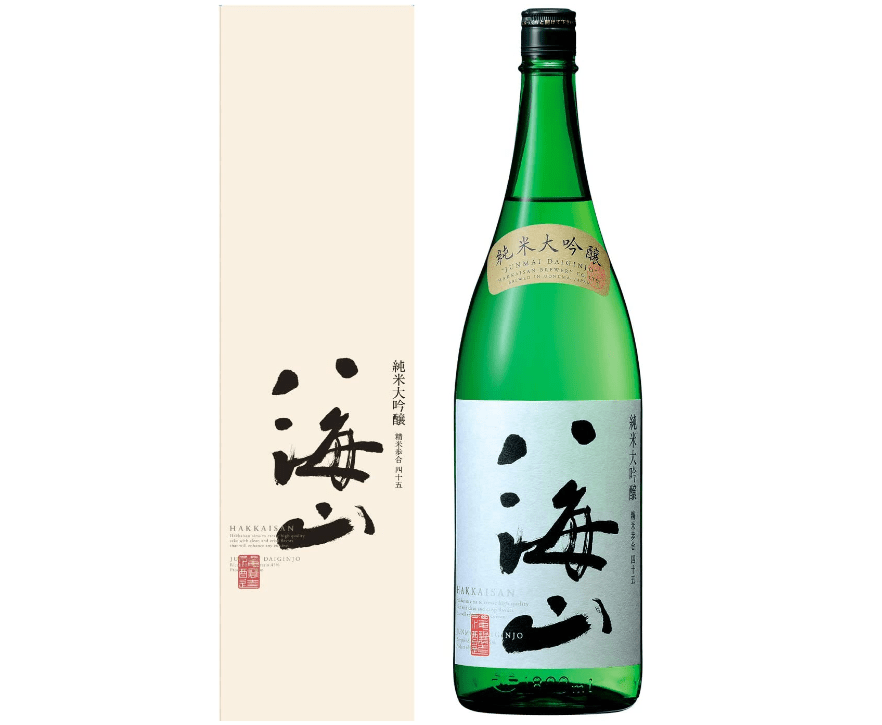
Hakkaisan (八海山) is a Sake brand from Niigata prefecture that has been in business for around 100 years. It is characterized by having a dry texture and light flavor. It is famous for being a good companion to Japanese cuisine.
▶︎Click here for more details about this Sake right now!
Kubota
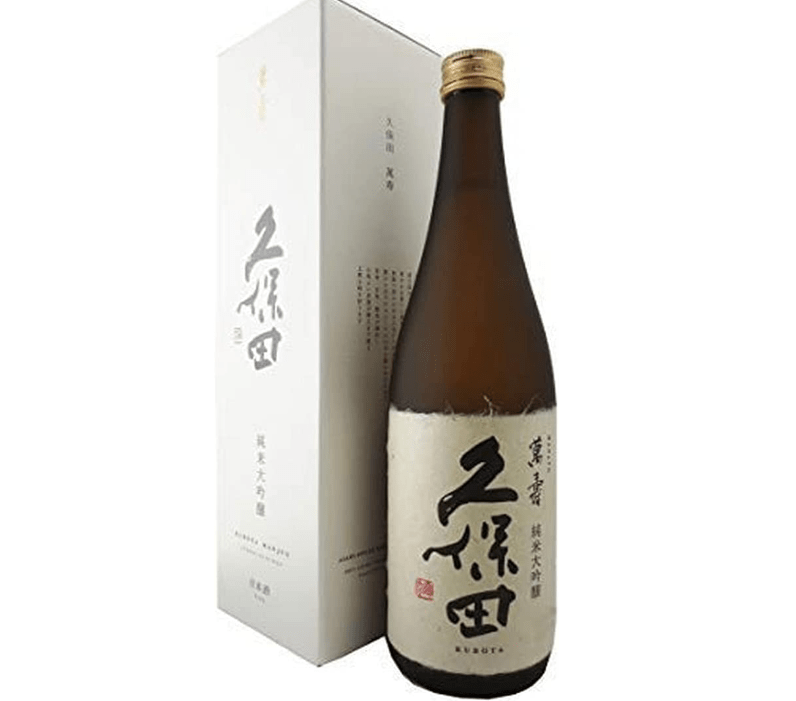
Kubota (久保田) is another Sak brand made by Asahi Shuzo (朝日酒造) located in Niigata prefecture. This brewery has been in business since 1830. This is another brand that is characterized by its cleanness and dry taste.
▶︎Click here for more details about this Sake right now!
Dassai (Asahishuzo)
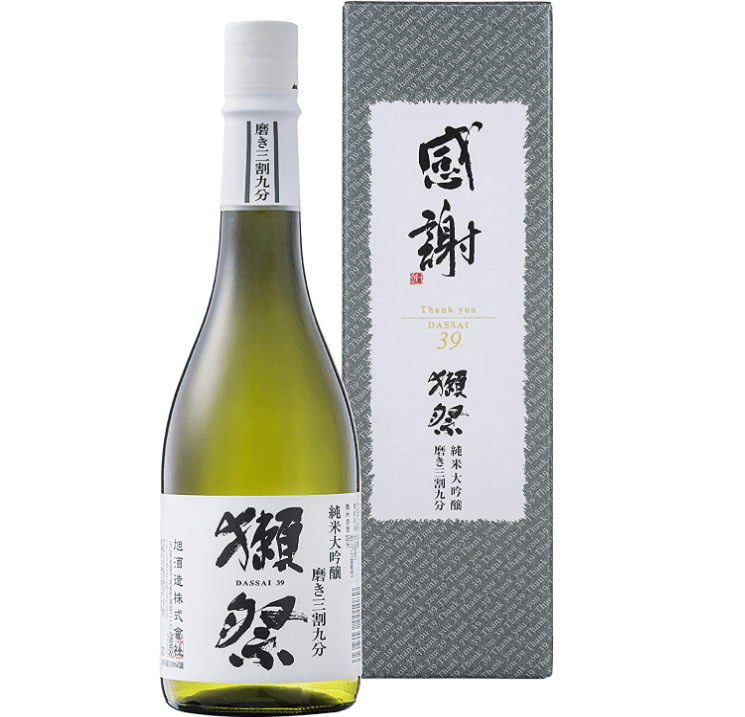
Dassai (獺祭) is a Sake brand made by Asahi Shuzo (旭酒造). This Asahi Shuzo is different from the previous one, making things a little confusing. This Asahi Shuzo is located in Yamaguchi prefecture and this Sake is famous for having a fruity fragrance and light flavor.
▶︎Click here for more details about this Sake right now!
Kiku Masamune
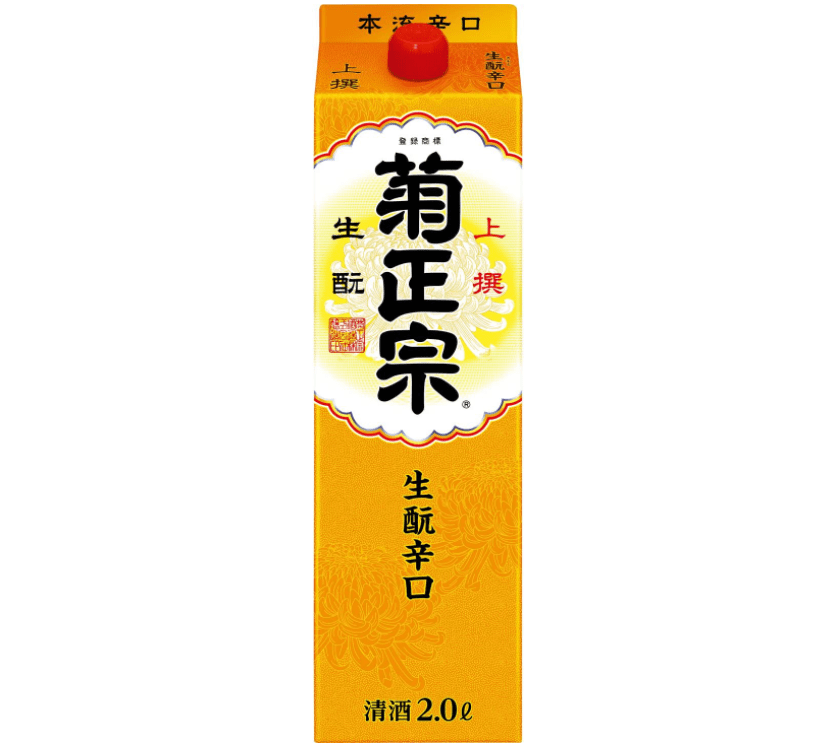
Kiku Masamune (菊正宗) is a Sake brand made by Kiku Masamune Shuzo in Hyogo prefecture. This company has been in business for over 360 years. Because of its history, it has great respect as a Sake company, being almost synonymous with Japanese sake that matches Japanese cuisine.
▶︎Click here for more details about this Sake right now!
Koshi no Kanbai

Koshi no Kanbai (越乃寒梅) is a Sake brand made by Ishimoto Shuzo in Niigata prefecture. This company has been in business for over 100 years, and is a famous sake brand for making popular “local Sake”. It is preferred by many for its dry texture and light taste.
▶︎Click here for more details about this Sake right now!
Thank you for reading this article. If you like Sake and other Japanese drinks, be sure to check out these other articles as well!
▽Related Articles▽
▼Editor’s Picks▼
Written by
Born and raised in Costa Rica, I started living in Tokyo from college. I love traveling within Japan & around the world. Since I wasn’t born in Japan, I know the cultural impact that you can get when visiting Japan for the first time and what you might be worried about before your trip. And I’ve lived long enough to somewhat understand the nuances of the Japanese culture that make this country such an attractive place to visit. Hopefully I can provide to you both the information you’re looking for and the information you didn’t know you needed to know.






